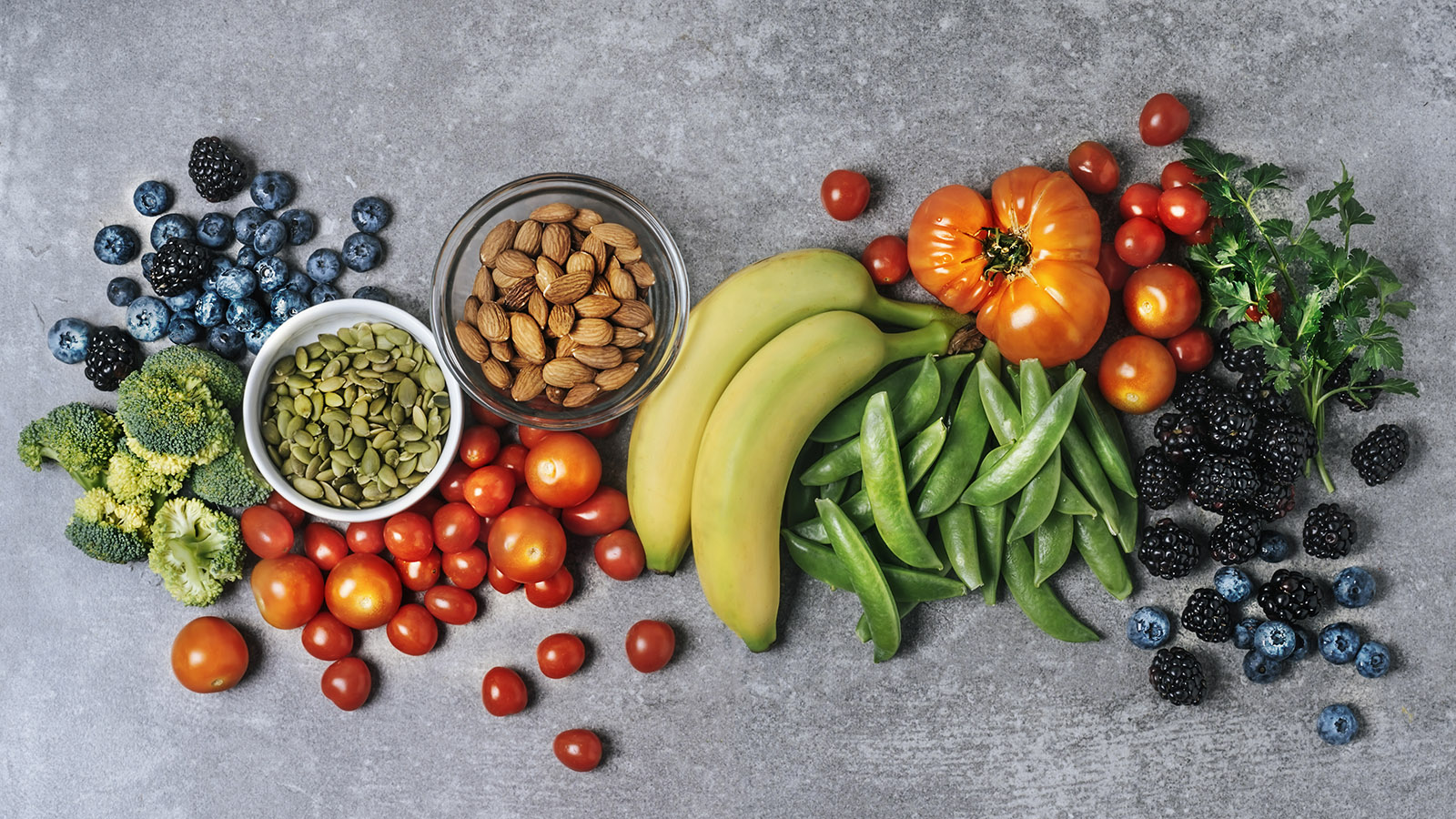 Good nutrition is vital to your health at any age. The foods you eat fuel your body and the activities you do, affect your overall health, and even affect your mental and emotional state. While most any food you eat will give you calories – the basic building blocks of energy – not all calories are created equal.
Good nutrition is vital to your health at any age. The foods you eat fuel your body and the activities you do, affect your overall health, and even affect your mental and emotional state. While most any food you eat will give you calories – the basic building blocks of energy – not all calories are created equal.
Let’s explore exactly what that means and the difference between filling and fueling our bodies.
Calories in, calories out
This concept refers to how many calories you are consuming each day (calories in) versus how many calories you’re burning (calories out).
Some diet advocates preach that maintaining a healthy weight is as simple as keeping those two numbers in balance. While it is true that closely watching your calories could keep the scale on a certain number, where you get your calories from is just as important as how many you consume when it comes to your health.
For example, you could eat a diet comprised of nothing but donuts, and as long as you still burned more calories than you consumed, you could actually lose weight. But would you be getting the nutrition your body needs? The answer is a resounding “no.”
Fat versus carbs
Here’s another, more realistic example: Fat contains more calories than do carbohydrates (including sugar). Someone following a strict calories in, calories out model may therefore think it wise to avoid fats but still eat carbs all they want. However, a handful of almonds (a high fat food) is a healthier choice than a glass of fruit juice (high in carbs/sugar). The almonds will give you a dose of healthy fats along with fiber and protein to fuel your body and make you feel satisfied, while the juice will give you a large dose of sugar and little else — aside from a sugar crash.
Filling versus fueling your body
This approach to nutrition builds on the concept that not all calories are equal. When you eat, you should be concerned with fueling your body with the nutrients it needs rather than just eating to stop your hunger.
For example, a meal from a fast-food restaurant may make you feel full, but it won’t give you the same nutrients and benefits as a well-balanced meal prepared at home.
Eat nutrient-dense foods

Nutrient density refers to the amount of nutrients a food contains per calorie. Nutrient-dense foods provide higher amounts of vitamins, minerals, and beneficial compounds per gram than less nutrient-dense foods. Your goal should be to have plenty of nutrient-dense foods in your diet.
Examples of nutrient-dense foods include:
- Fruits and vegetables
- Whole grains and legumes
- Fish, poultry, and meat
- Nuts and seeds
On the other hand, you’ll want to avoid foods with a low nutrient density and eat them only in moderation. This includes processed foods, which are foods that have undergone chemical processes to change or preserve them. Foods in this category include:
- Pasta, bread, and crackers
- Cookies, pies, and cakes
- Bacon, sausage, and deli meats
- Frozen dinners
Creating a well-balanced nutritional plan

The foods you eat all affect your overall health, mood, and energy level. That’s why it’s so important to have the right food plan for your personal goals and health needs. Working with a registered dietitian nutritionist is the easiest way to make sure you’re getting exactly what you need from your meal plan.
Western Wisconsin Health’s dietitians regularly see clients to help with pediatric nutrition, geriatric nutrition, weight loss, heart health, diabetes nutrition, and more. Reach out to us to make an appointment and start taking control of your nutrition.

